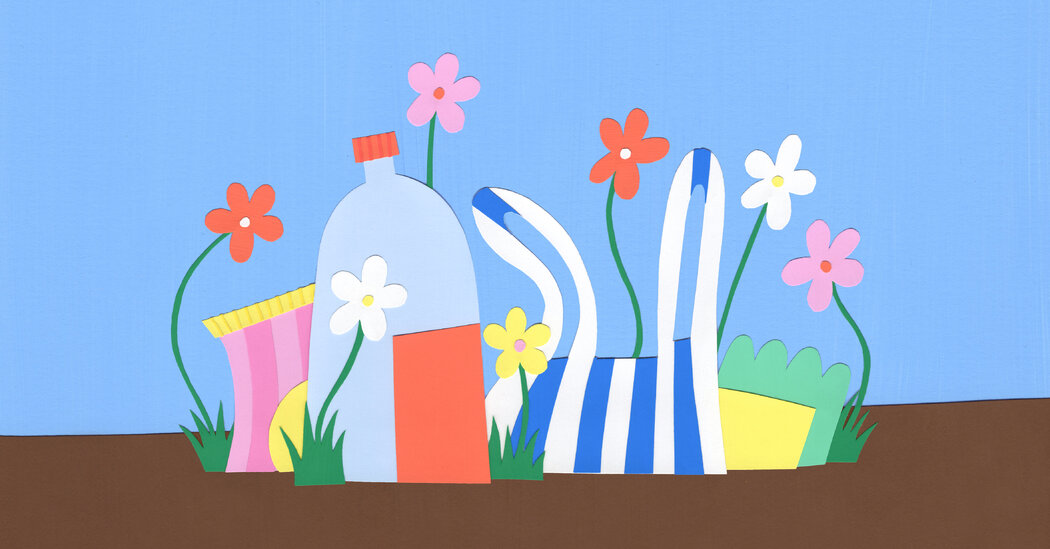Q: Can that plastic spoon really return to nature?
On the face of it, biodegradable plastic is a miracle. It looks like plastic and works much like plastic. And it goes back to nature after you throw it away.
But there’s a big catch: Just because your plastic fork, cup or doggy poop bag is marketed as biodegradable, that doesn’t necessarily mean it’ll break down in the environment. The same goes for so-called compostable plastic. Here’s why.
You need the right conditions.
A lot of biodegradeable plastic really does break down, but only under certain conditions. One of the most common compounds is a polyester known as PLA, short for polylactic acid, which will biodegrade in an industrial compost setting.
But most places in the United States don’t do industrial composting. That means discarded PLA is highly likely to end up in landfills, in rivers and streams, or in the ocean. It might even be burned, releasing planet-warming gases and toxic chemicals into the environment.
What’s more, most curbside recycling programs aren’t able to recycle biodegradable plastics, including PLA. If people throw them into a recycling bin, they can contaminate the plastic that really belongs there. And that creates sorting headaches for recyclers.
(And for dog poop bags, keep in mind that many commercial composters don’t accept pet waste. That’s one reason the Federal Trade Commission has issued warnings that “biodegradable” claims made by the makers of dog waste bags may be deceptive.)
Have a question for reporters covering climate and the environment?
We might answer your question in a future column. We won’t publish your submission without contacting you, and may use your contact information to follow up with you.
